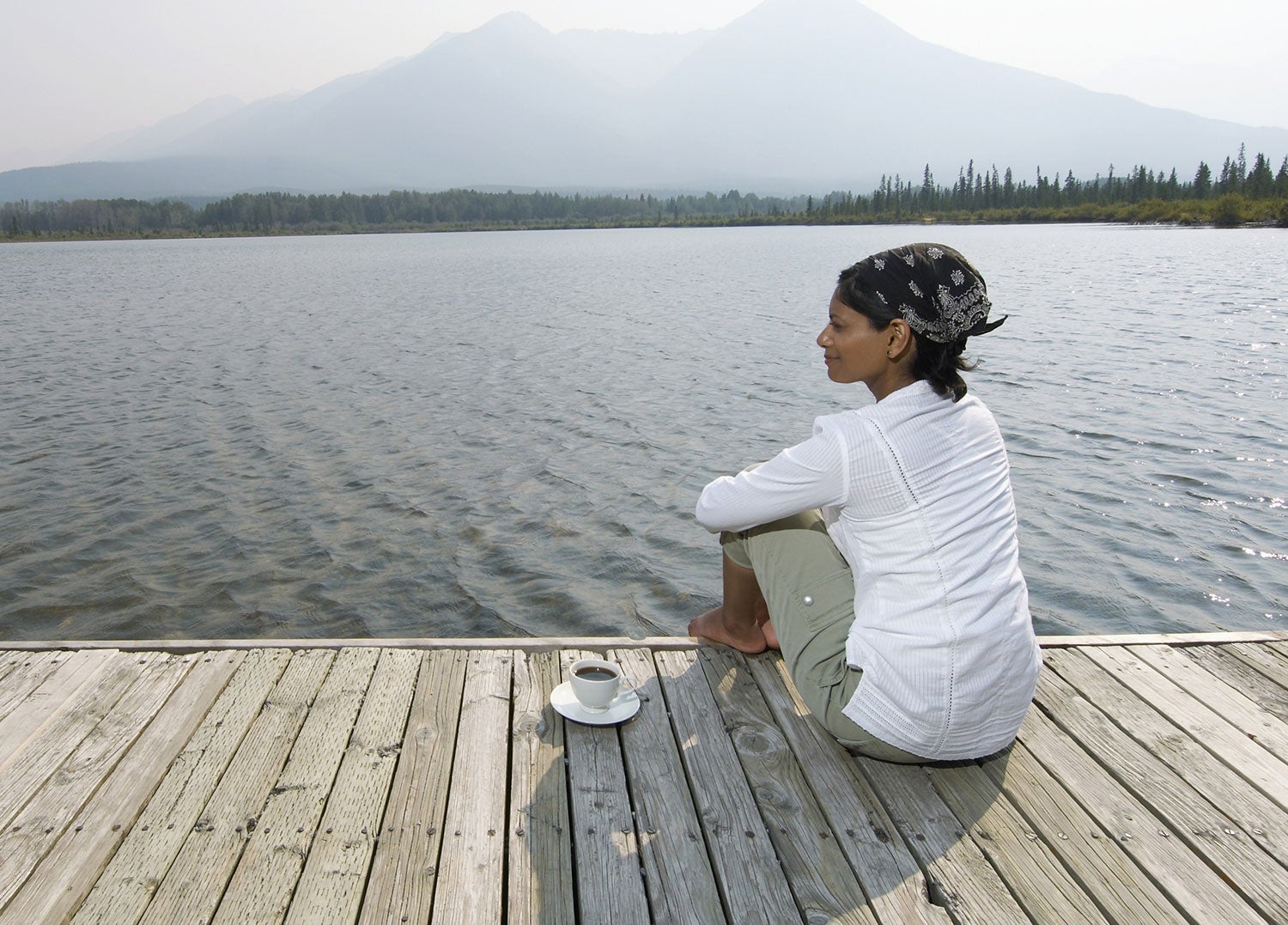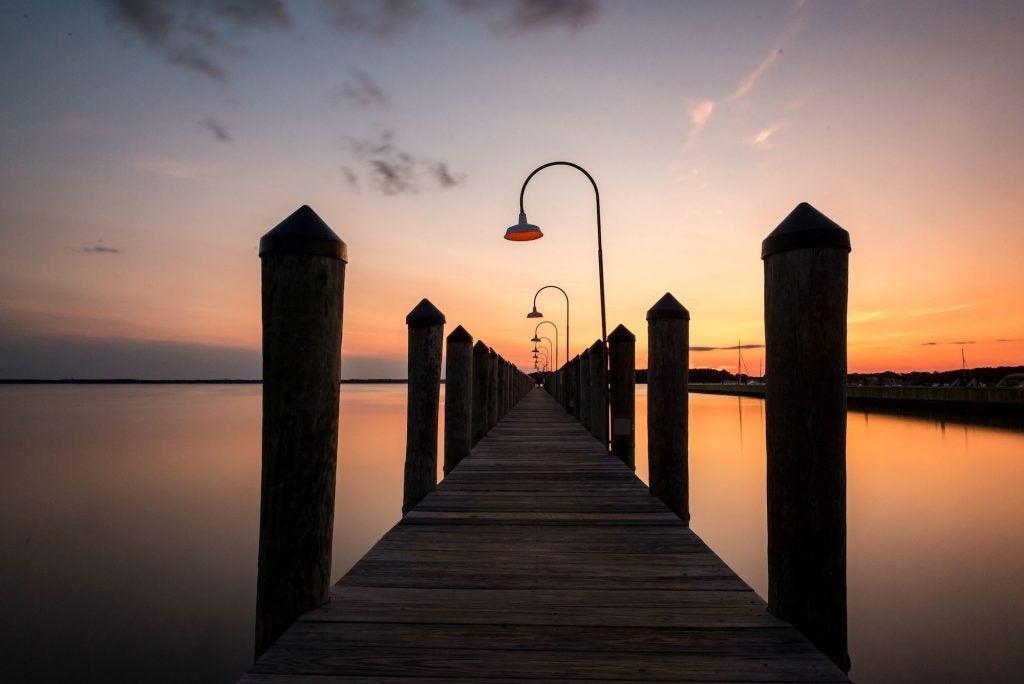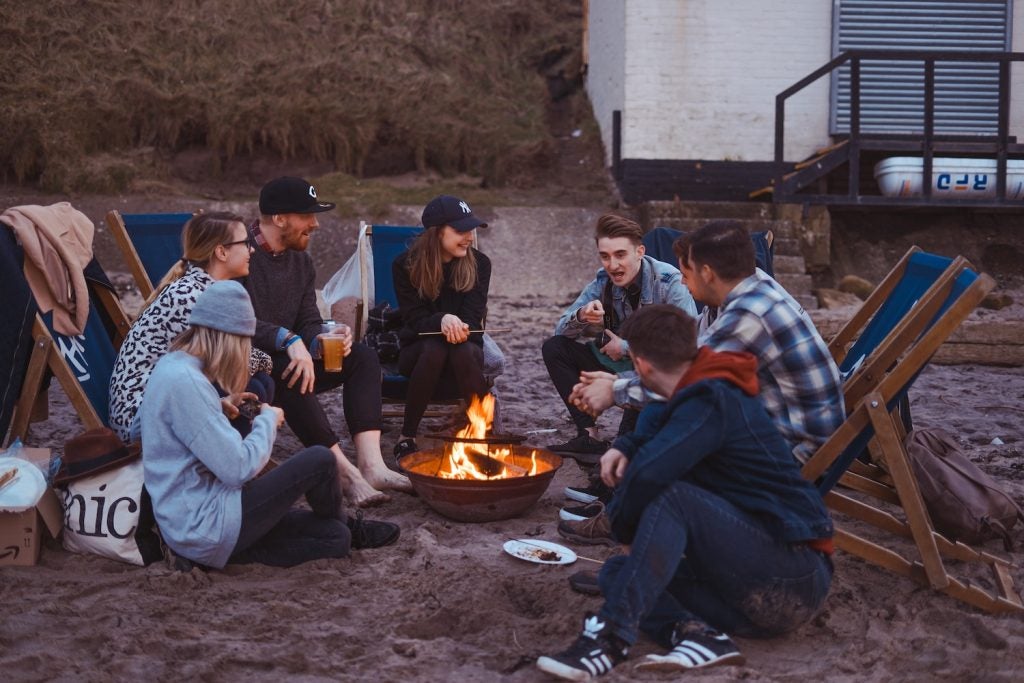When most Americans encounter the term ‘wilderness therapy,’ the images that come to mind can be quite colorful. Rugged peaks, brutal hikes, campfire therapy sessions, or shivering confessions in the pouring rain. Sometimes the associations can be even more unsavory; think Bear Grylls survival techniques. How about performing surgery with a Swiss army knife? Or drinking your own pee?
Wilderness Therapy is Now for Everyone
Today’s approach to wilderness therapy looks very different.
Actually, it involves a lot less wilderness. Gone is the Outward Bound, hairy-chested, off-the-grid, month-long backpacking trip of self-discovery. In its place are practices that are much less exclusive and far more achievable.
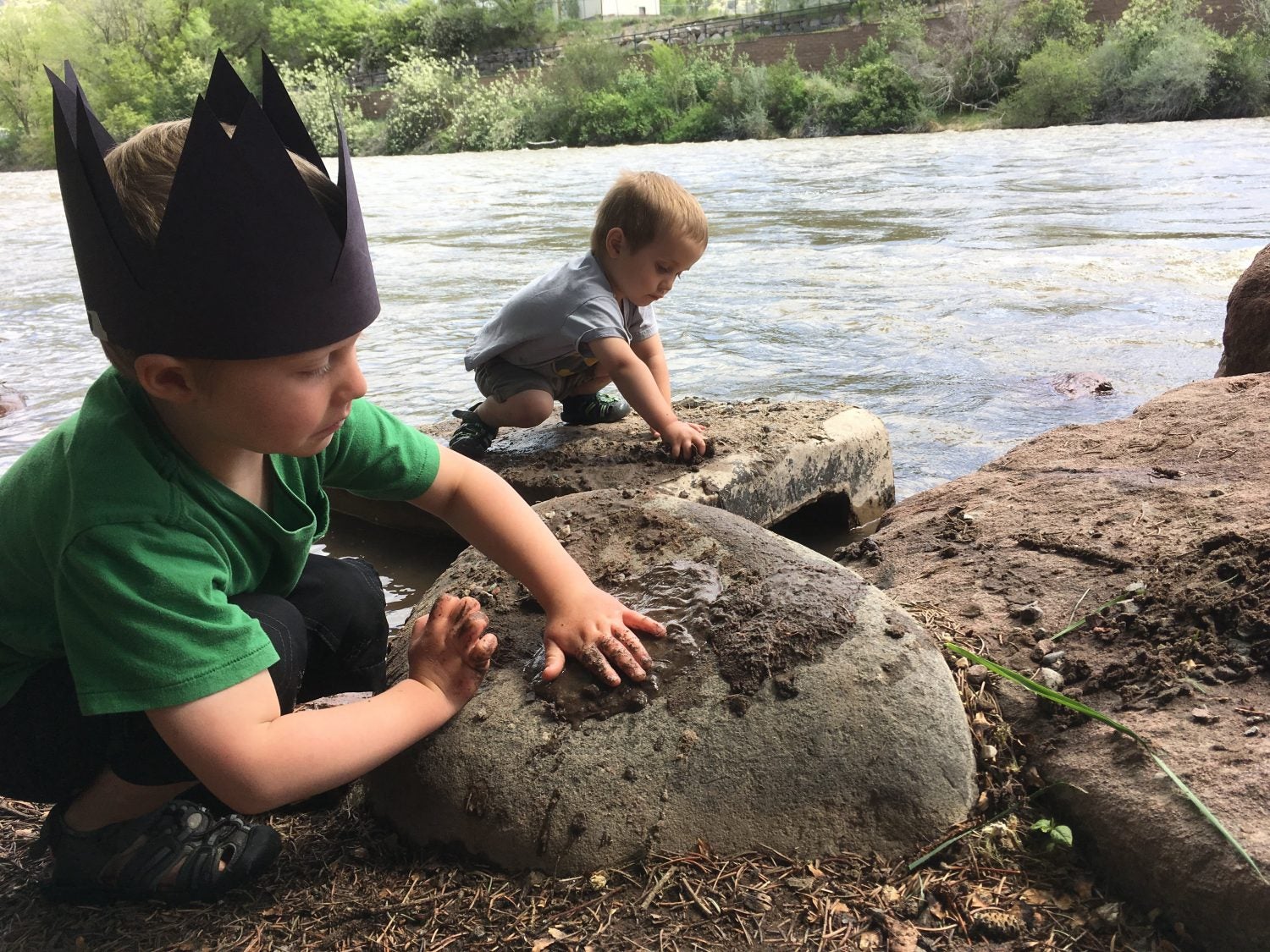
Photo by The Dyrt Regional Writer, Lindsay D.
A Brief History on Wilderness Therapy
The idea of wilderness therapy is not remotely new. Since the Industrial Revolution, nearly every society has been struggling to ‘get back to nature.’ Artists and poets of the Romantic Period repeatedly identified the need for humans to spend time outside. Physicians of the day would recommend their patients’ go to the country’ to cure diseases like tuberculosis and emphysema.
“The founding principle was that experiential challenges, teamwork and problem solving, as well as solo reflection, could help someone identify and utilize the internal resources available to them.”
The intentional practice of wilderness (or adventure) therapy began when Kurt Hahn founded Outward Bound in 1941. Initially, he was looking for a way to develop grit, tenacity, and resilience in young sailors who didn’t have the same ability to weather shipwrecks and Uboat attacks as the older veterans. The founding principle was that experiential challenges, teamwork and problem solving, as well as solo reflection, could help someone identify and utilize the internal resources available to them.
Wilderness therapy came to the United States in the sixties in the form of the Colorado Outward Bound School. From the 1960’s to the ’80’s, the idea of this kind of treatment flourished and more programs were established throughout the country, not only for those struggling with mental health, but also adjudicated youth and adults.

Photo of Western Colorado by The Dyrt Writer, Lindsay D.
Trips took patients into remote mountains or deserts, sometimes lasting months. They involved combinations of personal and group challenges as well as therapy and reflection. With each day spent in often extreme conditions, these programs made an impact.
In some cases, with proper, evidence-based practice, they were incredibly effective. Licensed therapists and psychiatrists worked closely with patients in an environment where, according to psychologist Steve DuBois, there are ‘no escape hatches’. But not every program was like that. Without regulations, any local guru could advertise their program along with those provided by legitimate professionals.
Changes in the Wilderness Therapy Industry

These inconsistencies created some dangerous situations, leading infamously to the death of 16-year-old Aaron Bacon. A participant in an adjudicated youth program in Utah, he complained repeatedly to his troupe leaders of stomach pain. Instead of listening to him and seeking treatment, per their ‘tough it out’ mentality, they took away his sleeping bag and limited his food rations until he died of a ruptured stomach ulcer a week and a half later. A tragedy of that magnitude prompted professionals across the nation to regulate the industry more directly.
Groups like the Association for Experiential Education and The Outdoor Behavioral Therapy Council now work together to establish best practices and a national standard for care within this model.
Is wilderness therapy effective?
The wilderness therapy industry has still been largely ineffective at curbing the increase of chronic mental and physical illnesses. The problem? The price tag.
Most remote courses of therapy cost thousands of dollars which are not covered by insurance. The ability to afford this sort of out-of-pocket expenditure limits accessibility to a small percentage of the population. Although some families, especially those whose children are at risk from suicide, substance abuse, or other issues are suing major insurance companies to cover these programs.
Yet as human beings, we all need a chance to reset in a natural, outdoor environment, regardless of income or social class. And that’s the beauty of what is happening today.

With the price of prescription drugs skyrocketing each year and the rate of chronic diseases steadily increasing, many members of of the medical community are embracing a non-traditional approach to patient treatment.
Research has long indicated the powerful but un-quantifiable connection between time spent in nature and a person’s well-being. More recent studies have finally done the math and proved that many people who suffer from chronic mental or physical illnesses are ‘nature deficient.’ In a recent article from the New York Times, Dr. Zarr, a pediatrician at Unity Healthcare in Washington DC, summed up this old-but-new body of knowledge:
“..population studies [show] that closer proximity to nature is connected to positive effects on a wide range of health issues from obesity, hypertension and diabetes to depression and anxiety, and many more, though much of the research is still preliminary.”

Amri D, mother of an 18 month-old says, “One of my favorite forms of self care these days is to leave the house before anyone is awake and climb a mountain with a good friend.”
In support of this movement, and in order to establish a more thorough base of research into the effects of the outdoors on mental health and well-being, REI is putting their corporate money where their clients are. They have already invested over a million dollars in research by groups like UCSF Benioff Children’s Hospital’s Center for Nature and Health, University of Washington, Sierra Club, UC Berkeley’s Greater Good Science Center and the Oregon Public Health Institute.
How does the new wilderness therapy work?
Some doctors are now starting to use databases like Park Rx America alongside their Physician’s Desk Reference to treat patients with chronic conditions. Park Rx America is one of several programs which makes it easy for medical professionals to locate the nearest park to a patient’s address.
Then, they write a prescription which might read ‘Play soccer outside for thirty minutes a day, four times a week at (fill in the blank) park.’ And while there are still a few individuals who live in a ‘park desert,’ almost everyone can find an outdoor space to spend time in.
Campers can do a similar search here on The Dyrt. Just because you don’t live next door to Acadia, Canyonlands or Yosemite doesn’t mean that you don’t have awesome places to pitch a tent, park an RV, or simply lounge in the sun.
It’s not even about intense levels of physical exercise. Moving, feeling the wind, watching the movement of the trees, hearing birds—all these can bring documented health benefits to anyone willing and able to spend time outside.
You might already be participating in Wilderness Therapy.
Ever been on a camping trip and come back feeling ready to take on the world? Or maybe you and your family have built those beautiful, touchstone memories together at your favorite park. Now there is science to back up what every camper, hiker, climber, boater, and outdoor lover has always known.
Just in case you needed another reason to start self-medicating (in the outdoors!) this weekend, here are some powerful personal experiences shared by The Dyrt Rangers:
Brittany Sundquist hikes for mental health.
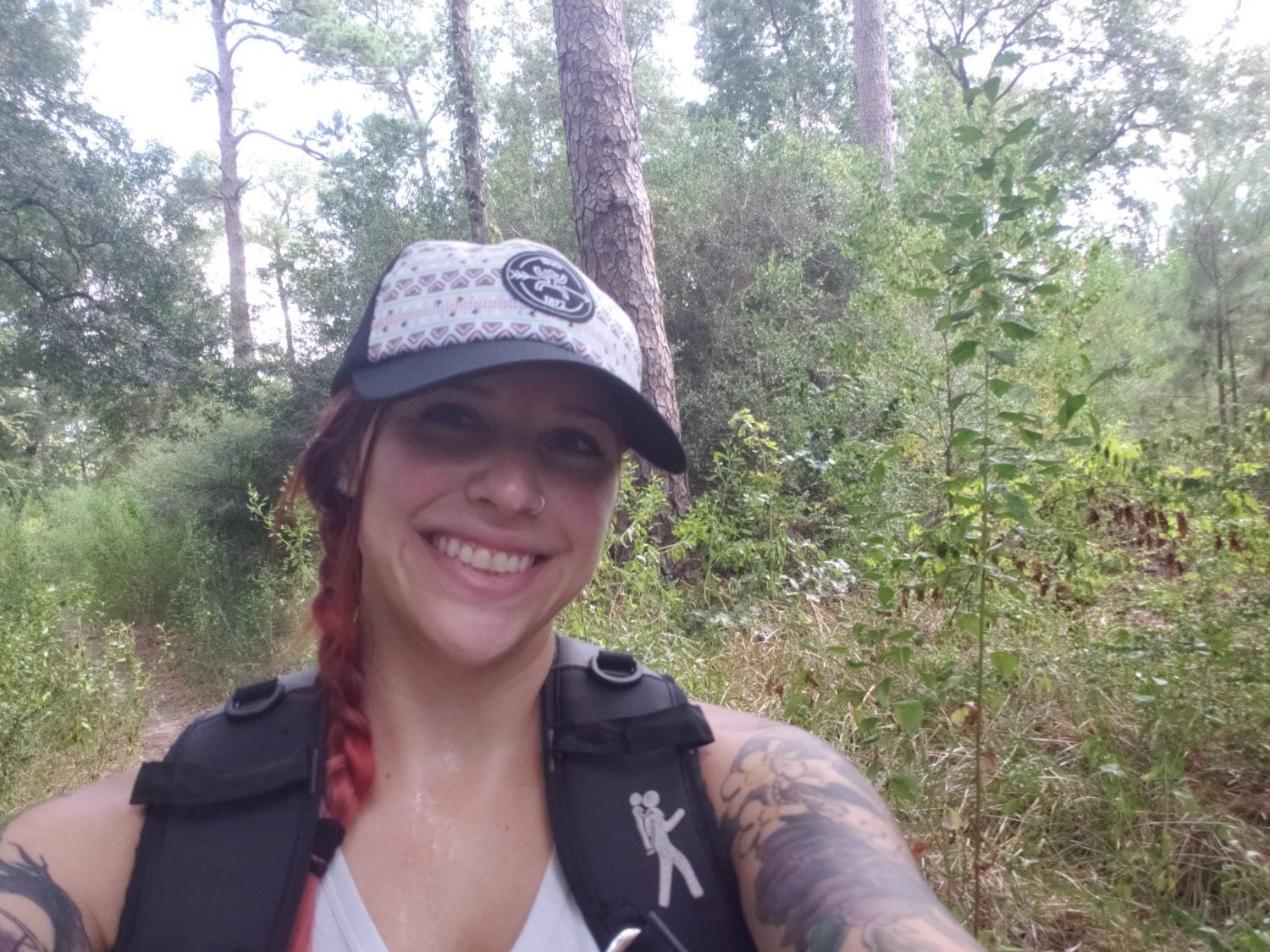
“As someone who has struggled with depression and anxiety for many years, I know how troubling and disheartening it can be. I know the struggle of not wanting to get out of bed, of hoping that I could sleep the day away so I would not have to face the world. The struggle of not being able to perform simple everyday tasks (like a phone call) because of some unknown fear that I would somehow screw it up.
“I found my joy and peace in hiking. A love for outdoors and a calmness in just being human from hiking. I found that when I accomplished a simple mile, I felt a reward like no other. When I hike I feel in control…I feel the weight of all my struggles melt away with every step…I feel HAPPY.”
Ashley C., mother of three, makes time to get her kids outside.
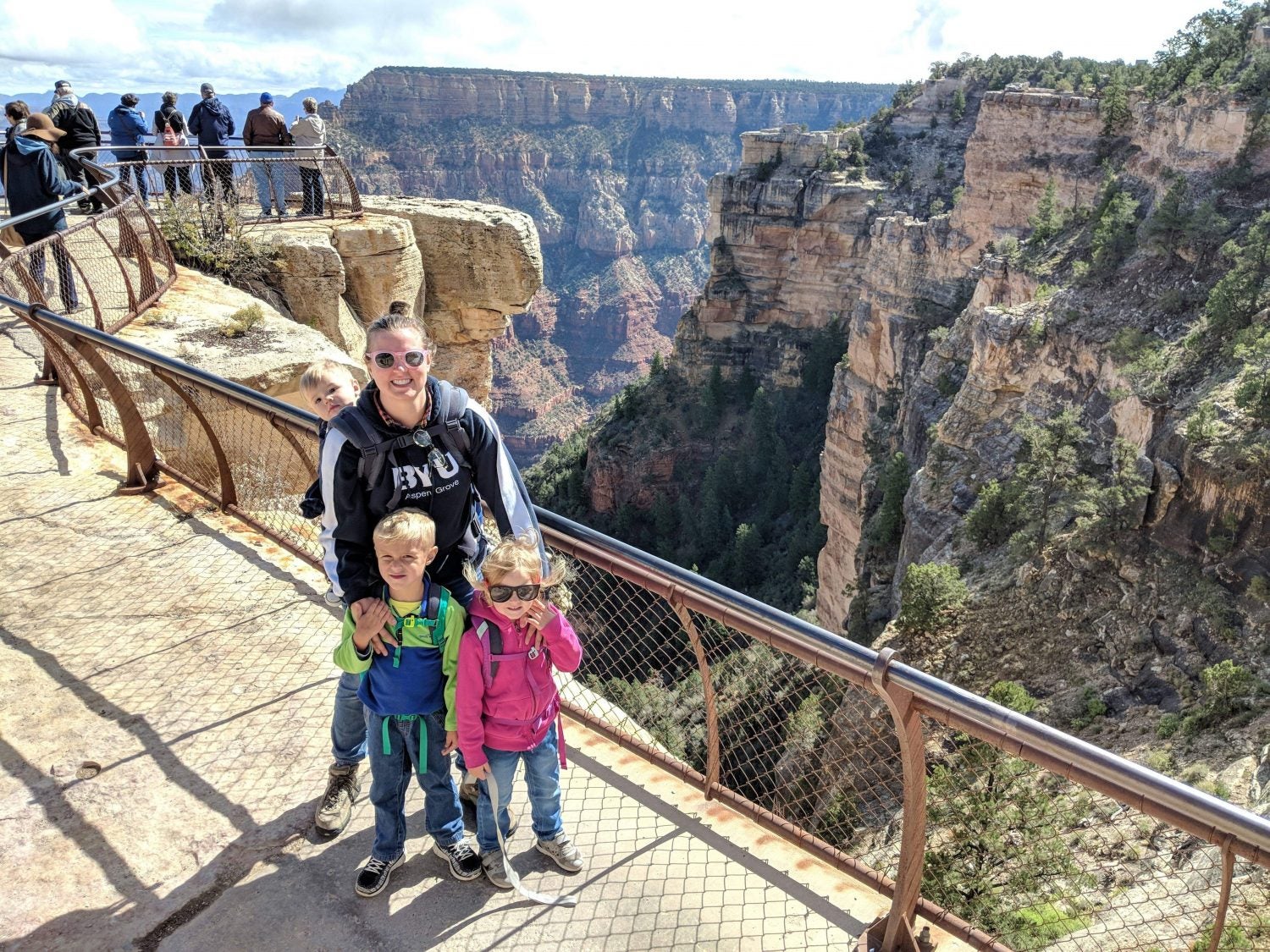
She feels that in our modern world of plugged-in families, spending time in the outdoors is even more valuable.
“I love getting out in nature to eliminate the ability to have screen time, both for myself and my kids. I think it can help heal the future generation of obesity and screen obsession. We love to camp in the mountains around Phoenix, places like Payson and Prescott are our favorites.”
Shannon G. has found a powerful health benefit in her outdoor lifestyle.

Shannon has lived with Crohn’s disease for over 15 years, and manages her pain by staying active and outside.
“My muscles get stiff and I ache all over. Such to the point that there are times I can’t walk, and I can no longer work. I have always loved being every aspect of nature. Camping and being outdoors helps my muscles, keeps me active, and decreases my stress. Since joining The Dyrt, I have pushed myself to get out more hiking and taking photos to help The Dyrt grow and in return helps my Crohns and Lupus by keeping me active. We now camp three days a week from April till late October.”
The Dyrt is the only camping app with all of the public and private campgrounds, RV parks, and free camping locations in the United States. Download now for iOS and Android.Popular Articles:
Articles on The Dyrt Magazine may contain links to affiliate websites. The Dyrt receives an affiliate commission for any purchases made by using such links at no additional cost to you the consumer.

